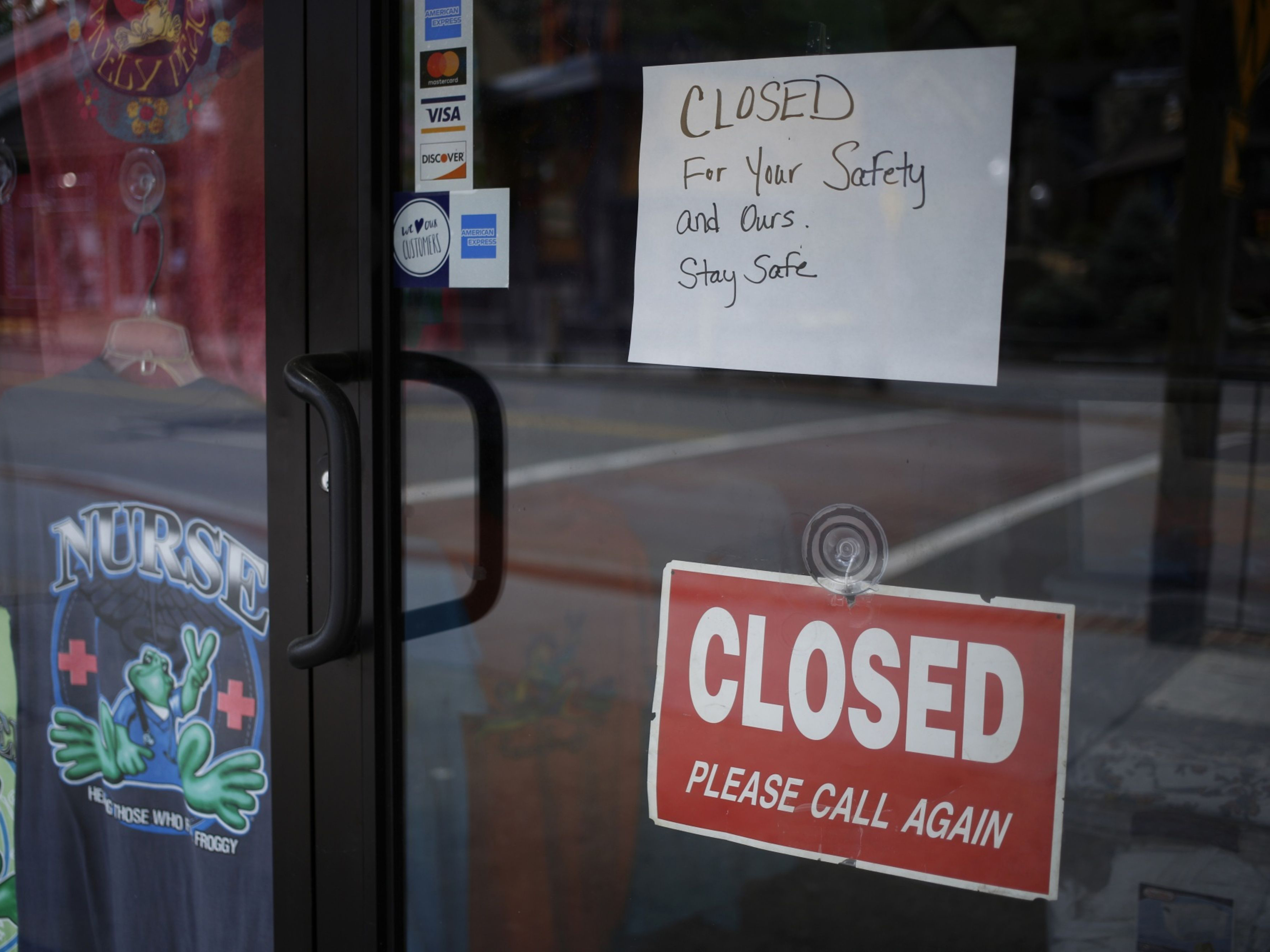
In today's globally connected business environment, more and more businesses rely on overseas materials and labor to stay competitive and reduce the cost of their goods and services. This trend has had hugely positive effects on many companies' overall efficiency and profitability, regardless of industry and size. However, it has also meant that the number of factors that could cause severe supply-chain disruption has significantly increased as well. In fact, global supply-chain risk events grew by 36% in 2018 due to the increasing globalization of the economy and the volatility of the geopolitical situation.
According to Industry Star, the five leading causes of a supply-chain disruption are:
- Natural disasters
- Transportation failures
- Geopolitical instability
- Price hikes
- Cyberattacks
It can take years for a company to recover from a supply-chain failure fully, and the potential financial implications can be staggering. This increase in potentially disruptive events, and the staggering cost has meant that now, more than ever, businesses need to develop effective risk management solutions to deal with supply-chain disruptions. Whether you run a global enterprise or a small family business, you need the proper insurance coverage to ensure that you are insulated from the potential financial fallout of such failures.
It's important to understand that managing supply-chain risk is complicated, in large part, because the risk factors and events are themselves complex. Partners and vendors in less politically stable regions or ones that have vulnerable infrastructure will be more exposed to disruption. Additionally, many businesses have several "tiers" of suppliers and may feel that they only need to protect the first tier. However, negative experiences where even the smallest disruption to tertiary suppliers has led to severe disruption have led to insurers offering full coverage — insuring the whole supply chain.
Let's break down what insurance policies will respond to supply-chain disruptions, how to make sure you're getting sufficient coverage for the best price possible, and how to mitigate these risks in the first place.
Supply-Chain Disruption Insurance
The first important issue to understand is that "common" insurance products such as business owner's policy, property insurance, or general liability insurance won't respond to supply-chain risks, and you'll have to look into purchasing specialty insurance policies.
The two coverages that will cover supply-chain issues are contingent business interruption (CBI) insurance and broad, specialized supply-chain insurance. These insurance policies will reimburse your company for both potential lost profits as well as costs caused by disruptions to your supply chain, even if your company itself has not suffered any damage.
Contingent Business Interruption Insurance
Contingent business interruption coverage is an essential aspect of your risk management solution. It will provide financial relief if a significant partner, supplier, or manufacturer suffers a property loss severe enough to negatively impact your business's ability to operate.
However, CBI has its limitations. It will only protect you if the entity you depend on has suffered physical damage caused by a covered peril, such as a fire or flood damaging a factory you rely on. It will not cover losses caused by political disruptions, labor or production problems, road closures, or bankruptcy of your partner/supplier.
Additionally, it's important to note that the insurer will expect you to list the property in question as "dependent property" when purchasing insurance and may not cover properties that aren't listed.
Broader Supply-Chain Coverage
Specialized supply-chain insurance will cover the gaps left by CBI insurance and respond to various potential risks and exposures. It will reimburse your company for disruptions caused by a wide range of negative events, such as:
- Property damage and disruptions caused by natural perils
- Industrial accidents
- Strikes, labor shortages, or other employment and labor issues
- Disruptions caused by political instability
- Production issues and industrial accidents
- Financial problems, such as cash flow problems or bankruptcy.
- Disruption to transportation infrastructure
Mitigating Supply-Chain Risk
Insurance is a crucial component of managing supply-chain risk, but it's not the only recourse your company has. You can also reduce your exposure to supply-chain risk with the following steps:
- Conduct an honest, objective analysis of your potential weaknesses and risks.
- Invest in the right technology. Online and cloud-based technologies linking partner databases across the supply chain can significantly decrease your exposure.
- Identify and contact potential replacement suppliers and vendors.
- Consider and establish contingencies for potential failures and include potential disruptions in your business continuity plan.
An additional benefit of reducing your potential exposures is that your insurance cost will be significantly lower. Insurers conduct thorough investigations of your processes before closing the deal, and they will appreciate your diligence in protecting your business.
Sean Cummings is chief marketing officer at Embroker.







